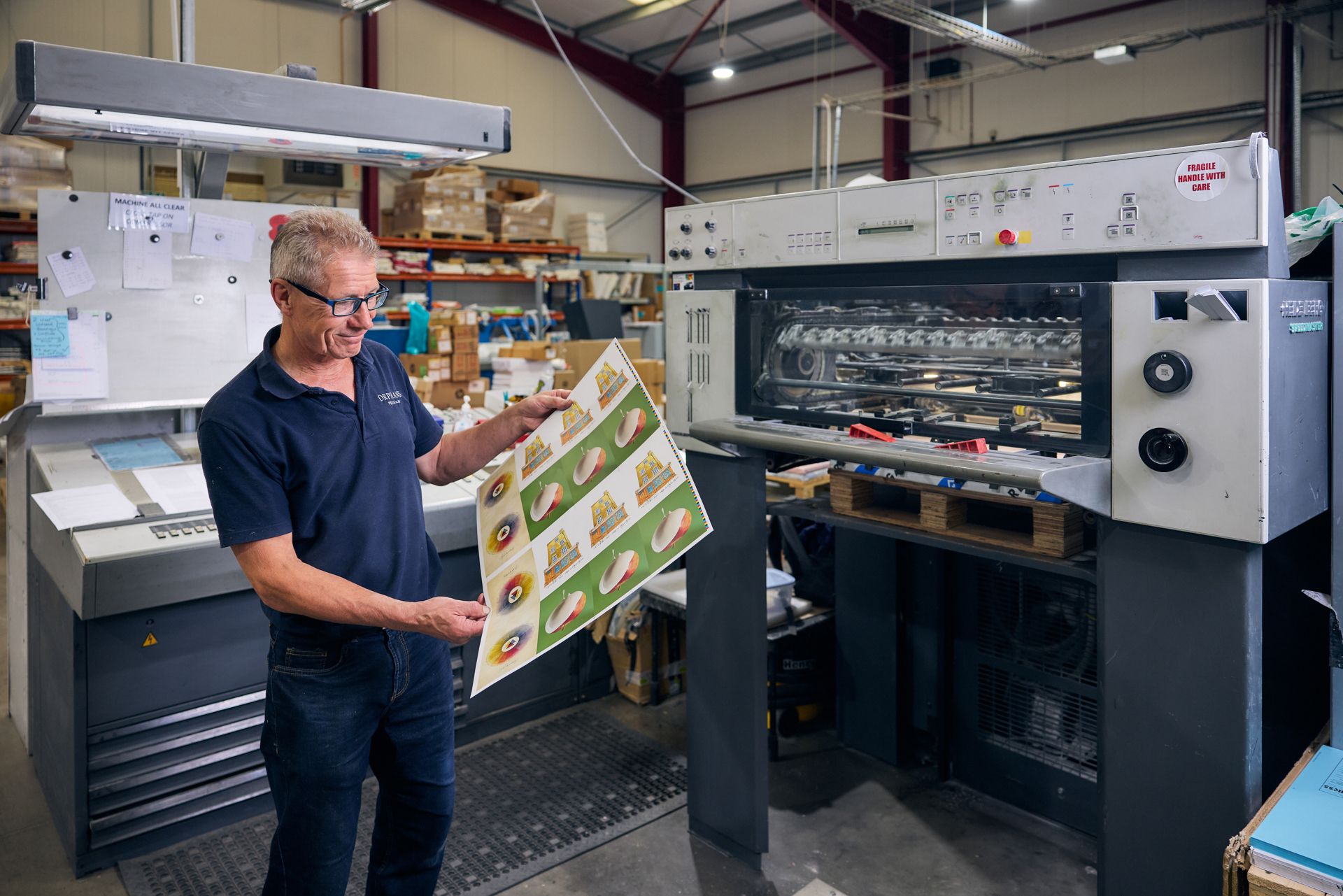A Comprehensive Overview to Recognizing Litho Printing Methods
The globe of litho printing, a strategy originating from the late 18th century, is a remarkable mix of history, advancement, art and scientific research. This thorough overview will unwind the intricacies of this printing technique, from the composition of litho inks to the difficulties faced in modern applications. As we venture right into the ins and outs of lithography, the significance of automation and sustainability in guaranteeing its future importance comes to be increasingly clear. Stick with us as we trip right into the captivating world of litho printing.
The Historical Advancement of Litho Printing
The historic trajectory of litho printing, a critical technology in the world of communication, is a fascinating story of human resourcefulness. The procedure evolved with the introduction of the rotating press, which greatly increased performance. Each stage of litho printing's evolution showcases humankind's ruthless search of efficiency and quality in visual interaction.
Decoding the Scientific Research Behind Litho Printing Inks
Moving on in the exploration of litho printing strategies, the focus now moves to the scientific research behind litho printing inks. The composition of these inks, their drying out procedure, and shade mixing methods develop the foundation of this complicated art kind. Understanding these elements is crucial to mastering the craft and accomplishing the preferred print results.
Make-up of Litho Inks
In lithographic printing, the fundamental duty of litho inks can not be overstated. Pigments, the color-providing components, are carefully ground particles put on hold in the automobile, a fluid that brings the pigment onto the printing surface. Each element plays a vital part in the final print's top quality, making the exact solution of litho inks a detailed scientific research.
Ink Drying Refine
From the composition of litho inks, attention turns to the fascinating process of ink drying out. The drying out procedure is critical, as it influences the last print's quality and longevity. 2 primary methods are used in litho printing: oxidative drying and absorption. Oxidative drying involves the ink responding with oxygen in the air to form a hard, completely dry film. This technique offers a resilient surface, but can be slower compared to absorption. Absorption, on the various other hand, entails the ink seeping right into the paper fibers, which is a quicker process however can lead to less dynamic shades. The option between these methods is reliant upon factors such as print speed needs, the paper kind utilized, and the desired coating.
Shade Mixing Techniques
While the drying out procedure plays a crucial duty in litho printing, the science of color blending strategies holds equal value. The scientific research behind litho printing inks also takes into account the transparency of the ink, which impacts just how shades overlay and mix.
The Art and Design Elements in Litho Printing
Litho printing breathes life right into art and layout through its unique elements. The process involves creating an image on a lithographic sedimentary rock plate or steel plate with a smooth surface. The photo is after that published onto a medium, typically paper, by moving the ink from the plate. What sets litho printing apart is its capacity to replicate complex styles with high integrity, making the output virtually similar to the original artwork. This is attained with the use of different line methods such as hatching, cross-hatching, and stippling, which enable for a variety of tonal results. Furthermore, litho printing accommodates a variety of colors, allowing musicians to produce dynamic and dynamic prints. This combination of precision and flexibility makes litho printing a preferred option for many musicians and developers.
Modern Applications of Litho Printing Methods
Litho printing strategies have located comprehensive use in the modern-day industrial field. Its influence and significance remain to grow with the introduction of brand-new innovations and technologies in the area. This section will explore these contemporary applications and the transformative function they play in the printing sector.
Industrial Litho Printing Uses
In today's electronic age, one may question the significance of traditional printing methods. Litho printing continues to be a critical component of the commercial market. High-volume printing jobs, such as the production of books, papers, and product packaging, count on litho printing for its capacity to provide remarkable photo quality and expense effectiveness. The process, which involves moving a tattooed photo from a plate onto a rubber covering and after that to the printing surface, provides unrivaled uniformity. This makes it you can try here perfect for jobs needing a huge print run. Litho printing likewise offers a broad color spectrum, above that of electronic printing. This makes it the go-to selection for tasks that demand lively, top notch color recreation.
Innovations in Litho Printing
Pushing the borders of typical strategies, modern-day developments have actually sustained a host of advancements in litho printing. One famous advancement is electronic litho printing, which incorporates the virtues of digital technology with litho's high-grade output. These advancements underscore the long-lasting relevance of litho printing in the modern world.
Discovering the Process of Litho Printing: Action by Step

Obstacles and Solutions in Contemporary Litho Printing

Regardless of the company website precision and tradition that litho printing proudly maintains, it is not without its collection of modern obstacles. The most prevalent concerns include the high first arrangement expense, difficulty in printing variable information, and ecological problems due to chemical use. Nevertheless, services are arising as technology advances. Digital litho printing permits cost-effective brief runs and very easy customization, resolving the issue of variable data. Environmentally-friendly inks and safer plate-making procedures alleviate environmental worries. In addition, developments in automation have actually minimized labor expenses, further democratizing the lithography procedure. Hence, while there are difficulties, the litho printing market is proactively adapting to fulfill them head-on, ensuring its importance in the future.
Final thought
In conclusion, litho printing, with its rich background and clinical details, holds a substantial location in the print industry. As the overview discloses, it's a synthesis of art and modern technology, with contemporary improvements ensuring its importance. The industry encounters difficulties that require cutting-edge options, with a focus on automation and sustainability. The future of litho printing depends upon its capability to adjust to these changing needs, affirming its long-lasting value in a developing market.
